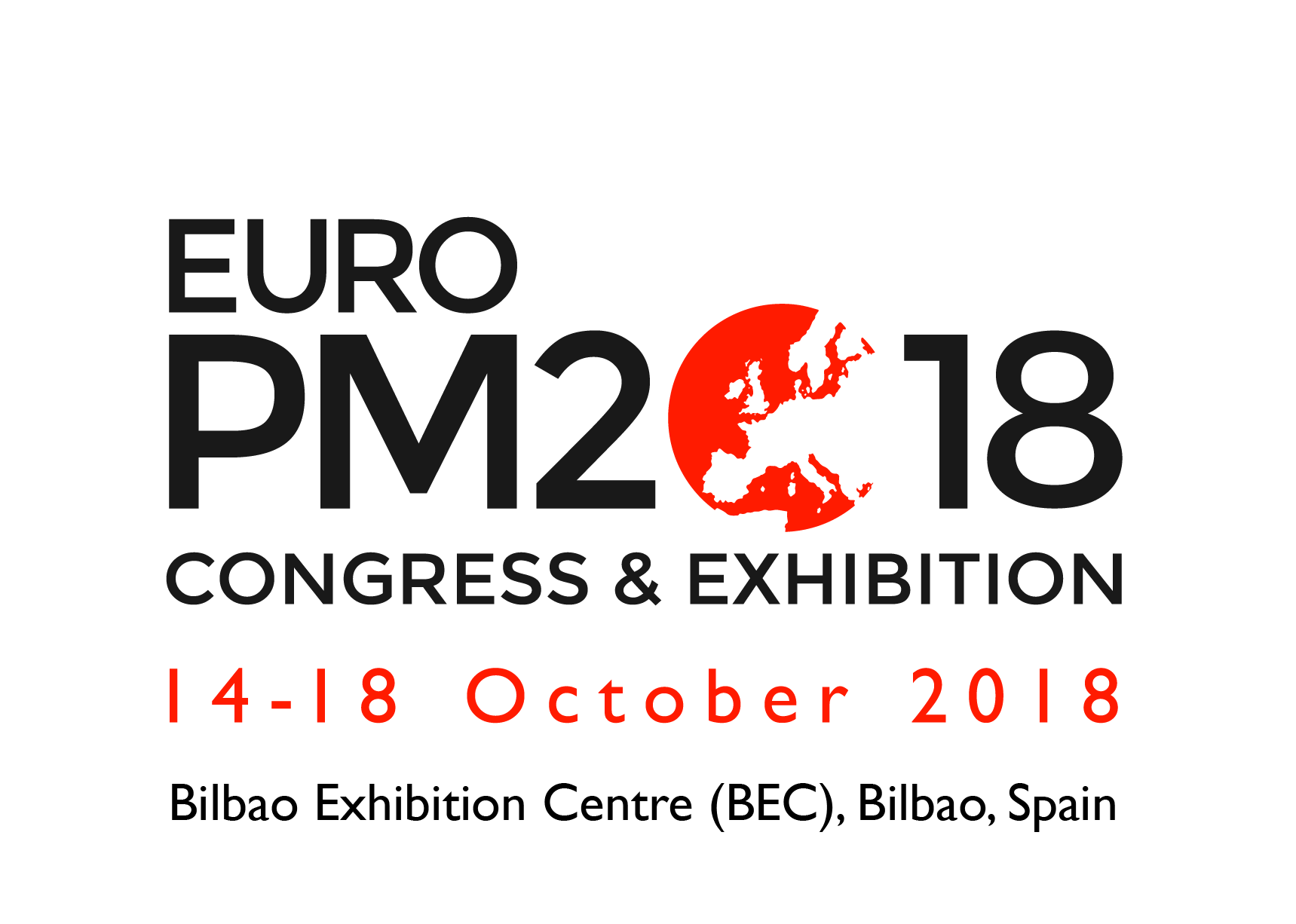Research Article
Building Materials Corrosion Control by Fiber Reinforced Polymers
Singh RK*Department of Chemistry, Jagdam College, JP University, Chapra, Bihar, India
- *Corresponding Author:
- Singh RK
Assistant Professor, Department of Chemistry
Jagdam College, JP University, Chapra-841301
Bihar, India
Tel: 06152 232407
E-mail: rks_jpujc@yahoo.co.in
Received Date: September 01, 2015; Accepted Date: September 17, 2015; Published Date: September 24, 2015
Citation: Singh RK (2015) Building Materials Corrosion Control by Fiber Reinforced Polymers. J Powder Metall Min 4:137.doi:10.4172/2168-9806.1000137
Copyright: © 2015 Singh RK. This is an open-access article distributed under the terms of the Creative Commons Attribution License, which permits unrestricted use, distribution, and reproduction in any medium, provided the original author and source are credited.
Abstract
This paper highlights the beauty of fiber reinforced polymers (FRP) in the field of corrosion protection reinforced concrete structures (RCS). The fiber reinforced polymers develop anticorrosive barrier on the surface reinforced concrete and minimize the attack of corrosive pollutants. Corrosion is major problems with reinforced concrete. It occurs due to interaction of acids, alkalis, salts, pollutants, particulates, heat, light microorganisms and macro organisms and its own morphology. These substances create hostile environment for building materials of concrete and they produce chemical and corrosion reactions. The other factors also influence the corrosion of materials like acid rain, wind and weathering effects. The industrial effluents, flues gases and wastes provide major role in the field of concrete corrosion. These reactions change their mechanical, physical and chemical properties and tarnish their facial appearance. When building materials of concrete come in contact of corrosive environment, they can develop corrosion cell in presence of electrolyte. The corrosion reactions aggravate with rebar steel of concrete and their deterioration starts. There are several forms of corrosion occurs with iron bar of concrete such as galvanic, pitting, crevice, stress, intergranular, blistering, embrittlement, erosion, cavitations, observes inside and outside of materials. Building materials of concrete also show chemical reaction with corrosive substances and produce dissolving and swelling. Developed Nations expense 4% of their GNP for corrosion protection, parts replacement and repairing and maintenance work. The major sources of corrosive substances are various types of industries, mining, thermal power plants, petroleum refinery, burning of fossil fuel, chemical wastes, biological wastes, human wastes, household wastes, agricultural wastes, animal wastes, food grain wastes, hospital wastes, chimneys flues gases, industrial effluents. These sources release acids, alkalis, salts, organic compounds and metals as a form of effluents, oxides of carbon, oxides of nitrogen, oxides of sulphur, oxides of halogen, hydride of sulphur, hydride of nitrogen, volatile organic compounds as flues gases and different types of wastes. These pollutants substances contaminate water, air and soil. The essential components of RC Structures are sand, stones, cements, iron bars, bricks and water. The above mentioned corrosive substances generate hostile atmosphere for building materials. Due to this corrosive effect life of RC Structures are reduced and disintegration occurs inside and outside of them so their stability, durability and longevity become questionable. There are various techniques for corrosion protection of RC Structures. But these techniques did not give good result for their protection. Hence for this work Fiber Reinforced Polymers will be used to control corrosion of RC Structures.

 Spanish
Spanish  Chinese
Chinese  Russian
Russian  German
German  French
French  Japanese
Japanese  Portuguese
Portuguese  Hindi
Hindi 

